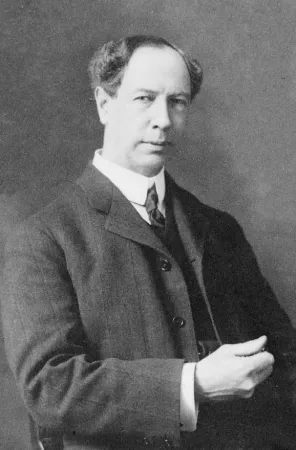Enlightening Canada with carbide
This article was originally written and submitted as part of a Canada 150 Project, the Innovation Storybook, to crowdsource stories of Canadian innovation with partners across Canada. The content has since been migrated to Ingenium’s Channel, a digital hub featuring curated content related to science, technology and innovation.
We take our energy-efficient bright lights for granted nowadays with people rarely questioning how they work. In the late 19th century, however, this was a serious concern given how dim and expensive lighting was at the time. That was until Thomas “Carbide” Willson found an economically-viable way to light up Canada through the use of calcium carbide (CaC2) and acetylene gas (C2H2).
An enthusiast of electricity and inventor since his teens, Willson moved from his home in Princeton, Ontario to New York City. He had hoped to commercialize some of his inventions to no avail. Instead, he ended up going back and forth between Canada and the USA to fund his projects and continue creating patents.
While trying to find useful applications for a dynamo he had been working on, he experimented with smelting metals in an electric furnace. In 1891, he came up with an unknown compound while trying to create calcium oxide and powdered coal.
Willson stumbled upon a way to create calcium carbide, which produces acetylene gas when combined with water. Burning the gas creates a bright white light that shines stronger than any illumination produced by coal gas or incandescent lights of the time. This new way of creating light could easily be used through a system that would drip water onto calcium carbide to create acetylene gas.
The first uses for this were mainly in the transportation industry, such as trains, lighthouses, cars and motorcycles. Later, there were domestic applications for this too, such as lighting homes with an acetylene gas generator. Pipes would be installed throughout the house to channel the light into different spaces. But it was recommended to have the generator separate from the building to decrease the risk of explosion.
In 1895 Willson sold his patents to an American syndicate which would eventually become Union Carbide. But these weren’t the only contributions to science that he came up with. He has several patents in Canada and the USA, such as ones for camera improvements, fireproof paper, dynamos and methods of melting metals. Willson’s passion for innovation, chemistry and self-improvement brightened the lives of people throughout North America. His inventions are still being iterated on to this very day.
By: Jassi Bedi


















